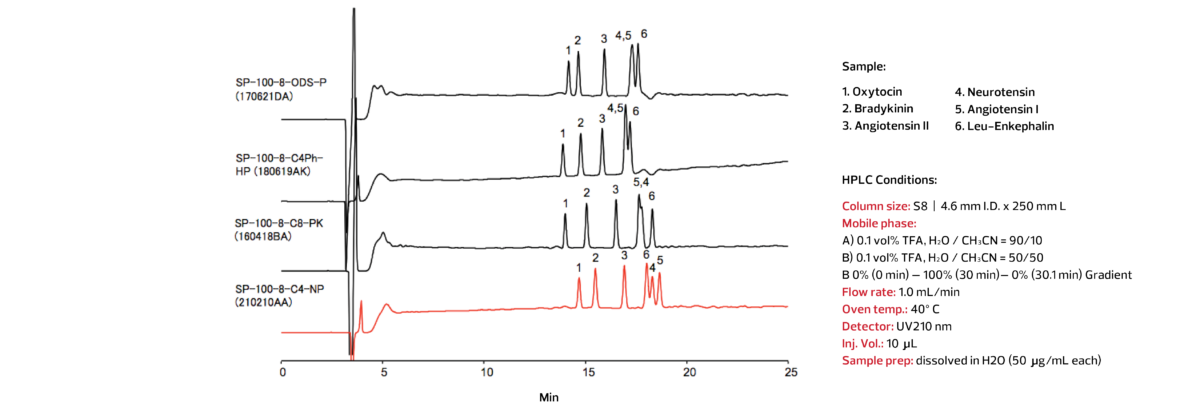COMPASS Example Applications
See how the COMPASS can point you in the right direction by identifying the proper bonded phase to adopt for screening studies. The following four applications illustrate a unique COMPASS direction.
C18
OCTADECYL BONDED PHASE
C8
OCTYL BONDED PHASE
C4-Phenyl
BUTYL-PHENYL BONDED PHASE
C4
NON-ENDCAPPED BUTYL BONDED PHASE
NEW Rapid Pre-Screening
Our Standard COMPASS kit is available with columns packed with 8 μm particle size silica gels. Now, for even faster and more efficient pre-screening, we offer a Rapid COMPASS kit that includes rapid pre-screening columns packed with 3 μm particle size media. As you can see in the comparison below, the rapid pre-screening column can provide the separation in one-fourth the time of the original 8 μm kit-saving you even more time in your process development.
Rapid COMPASS Kit
SP-100-3-C8-PK

Standard COMPASS Kit
SP-100-8-C8-PK

Direction 1: Octadecyl (SP-100-8-ODS-P)
The initial choice of many chromatographers is the C18, or ODS bonded silica phase. In the
COMPASS, the grade of DAISOGEL is based on a high-grade high surface area (HSA) bare silica featuring the industry`s highest 450 m2/g surface area. This promises high loading for
molecules of less than 5000 Dalton molecular weight, high resolution, and good separation.
The bonding density strikes a delicate balance between a wide pH range and still being fully aqueous. This C18 direction is best if your COMPASS displays similar chromatograms with best separation on C18:
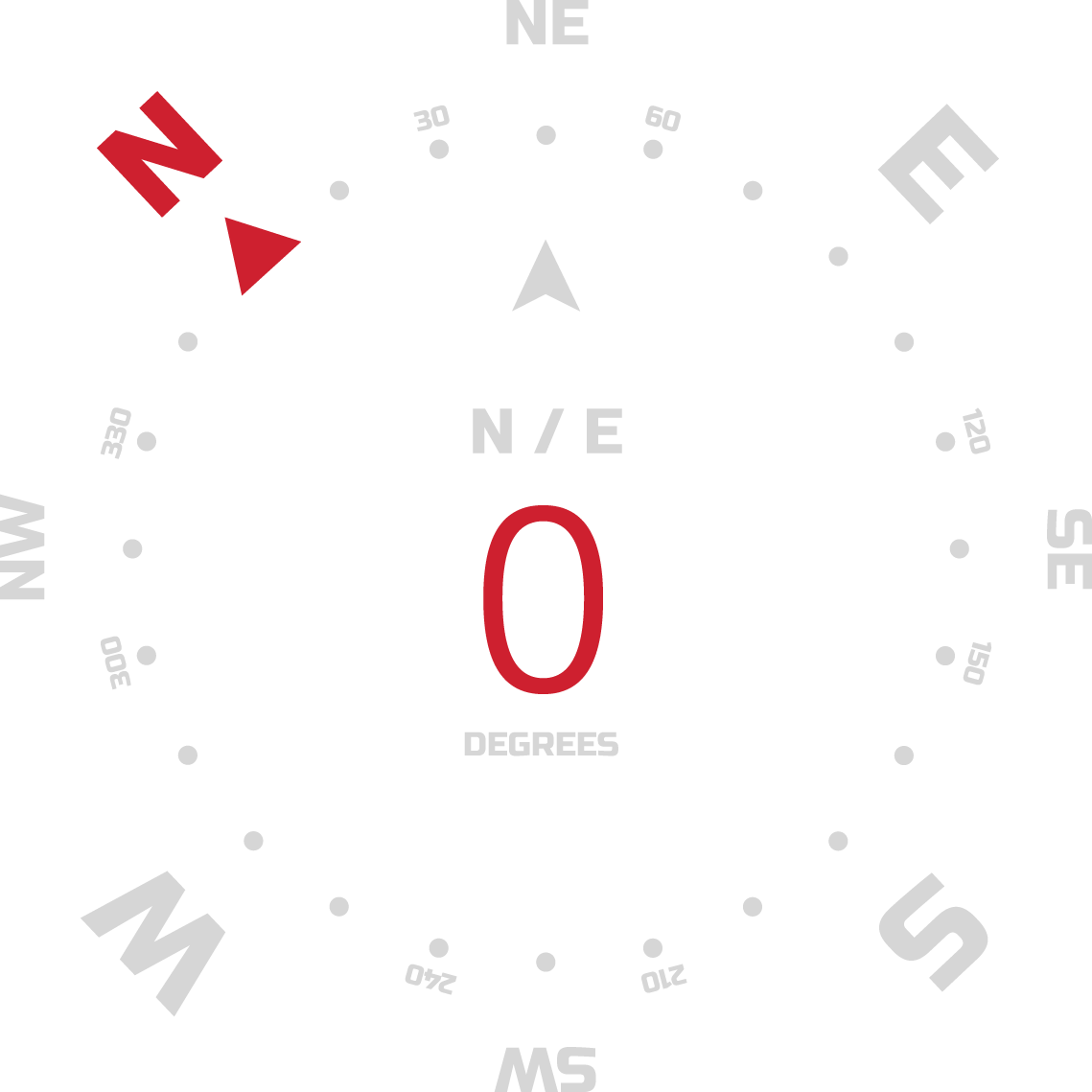
Aromatic Standards (Reverse Phase)

Direction 2: Octyl (SP-100-8-C8-PK)
Another common direction is the C8, or Octyl bonded silica, which is often chosen for recombinant peptide API purification processes related to diabetes. The C8 bonded silica in the COMPASS is our newest mainstream grade, the C8-PK Series.
Its silica backbone was designed and manufactured to provide the strongest durability: extremely high mechanical strength combined with outstanding chemical stability. These features make this grade the best choice when the self-aggregating nature of the peptide makes frequent and aggressive cleaning in place (CIP) necessary.
The Pyridine-Phenol example below demonstrates a case where the COMPASS points to the C8 direction. Observe the greatest distance between the peaks (with good peak shape) on the chromatogram demonstrating the superb surface modification of this phase combined with chemical inertness.
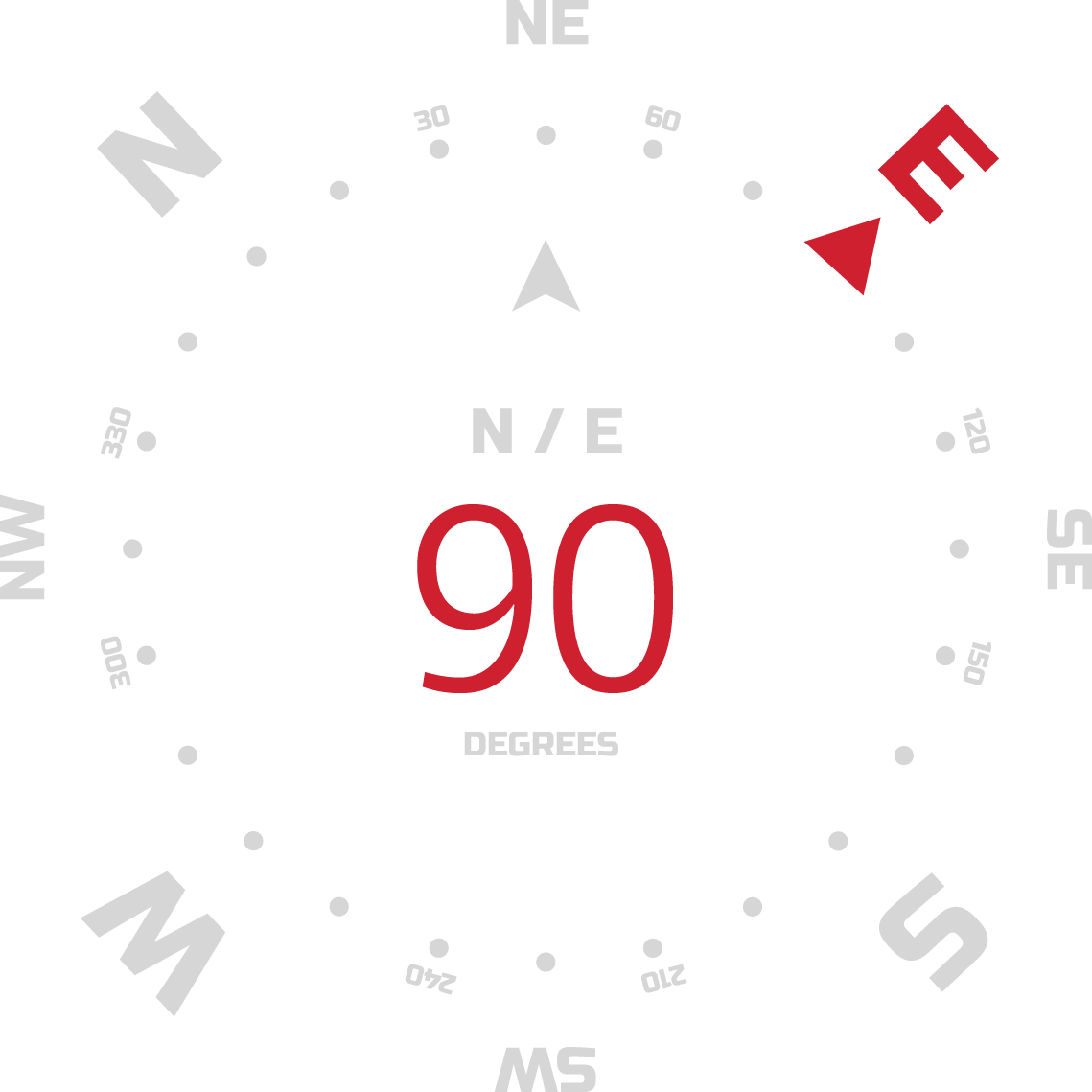
Basic Standards (Pyridine-Phenol)
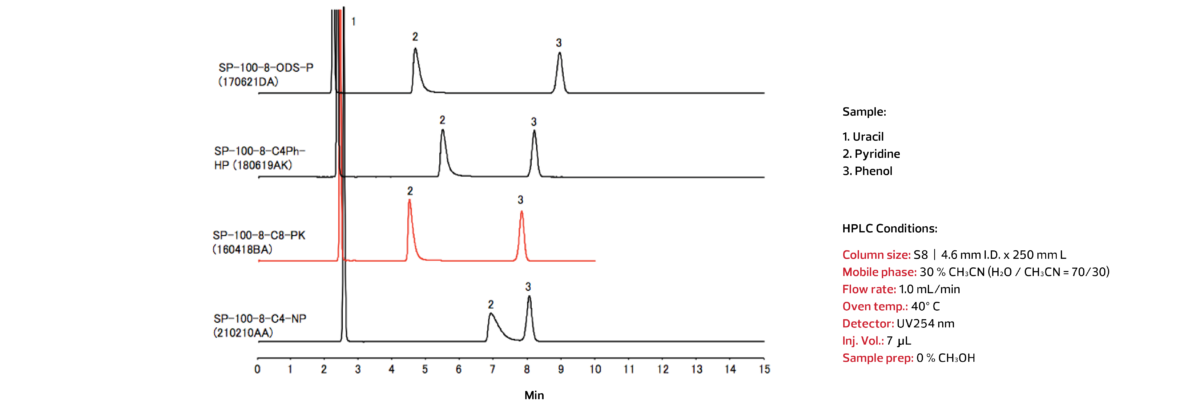
Questions about the COMPASS?
Direction 3: Butyl-Phenyl (SP-100-8-C4Ph-HP)
To provide a different separation option in the COMPASS, we bonded our silica with C4Ph, or butyl-phenyl. This gives this phase a unique boost in separation, utilizing the secondary interaction, while keeping the separation close to what you experience when applying the usual alkyl chain bonded phases C18 or C8.
If your COMPASS points to this butyl-phenyl column for your puzzling new peptide purification, you can assume that the necessary resolving power came from the secondary π-π interaction of the phenyl ring.
Observe how this phase separates the seven Nucleotides. You can see the separation of all seven compounds in the shortest amount of time.
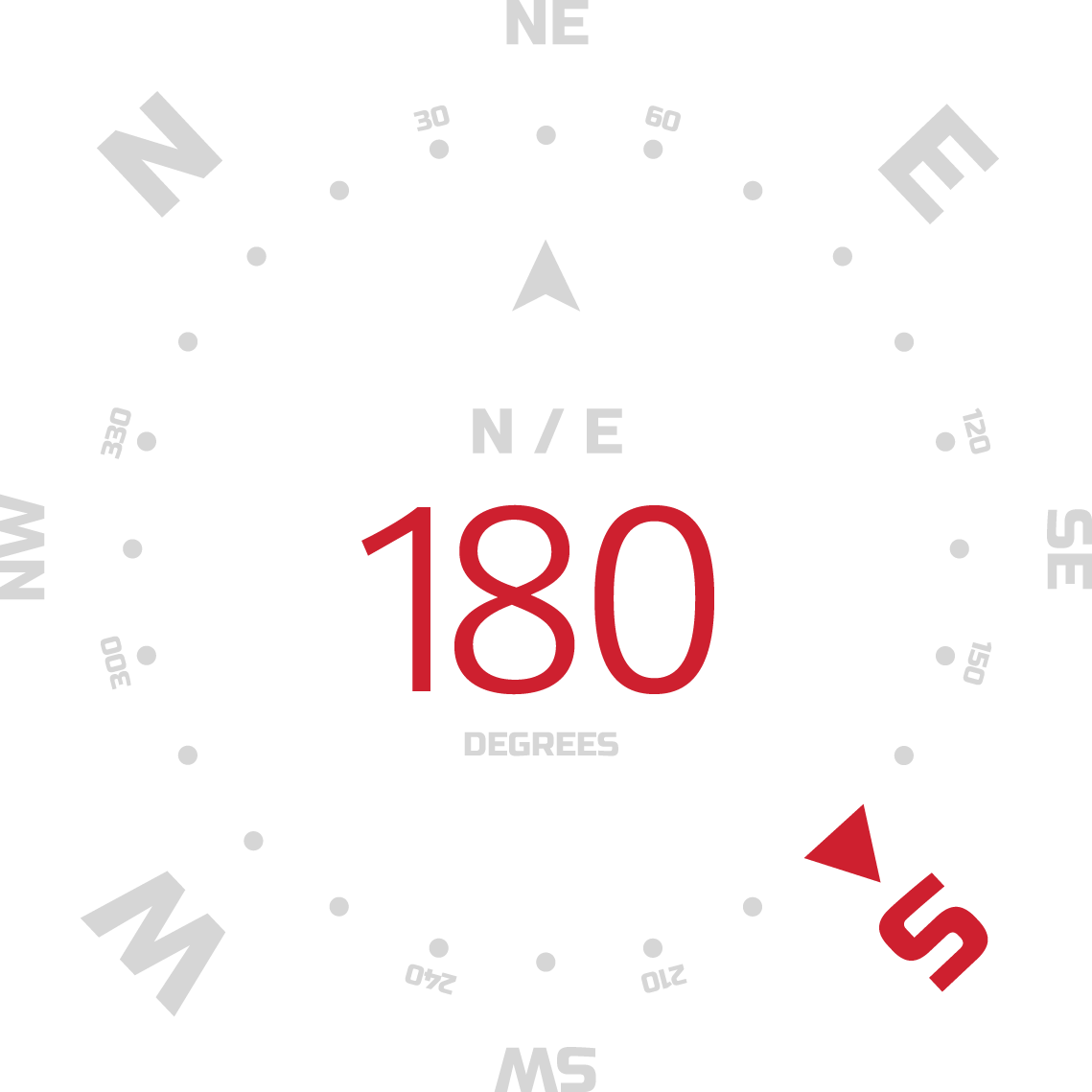
Nucleotides

Direction 4: Butyl / Silanol (SP-100-8-C4-NP)
At DAISOGEL, we are constantly researching new phases to offer our customers something different from the usual C18, C8, C4 triumvirate of bonded phases. The output of this research led to the final COMPASS direction: a phase designed to give you insight into a completely different and fascinating RP separation mode. We have produced a non-endcapped version of C4, which permits separation that is dominated by silanol interactions.
In the “Standard Peptide Separation” test, SP-100-8-C4-NP works by far the best. All six peptides are separated with a different switch, Leu-Enkephalin gets flipped to elute before Neurotensin.
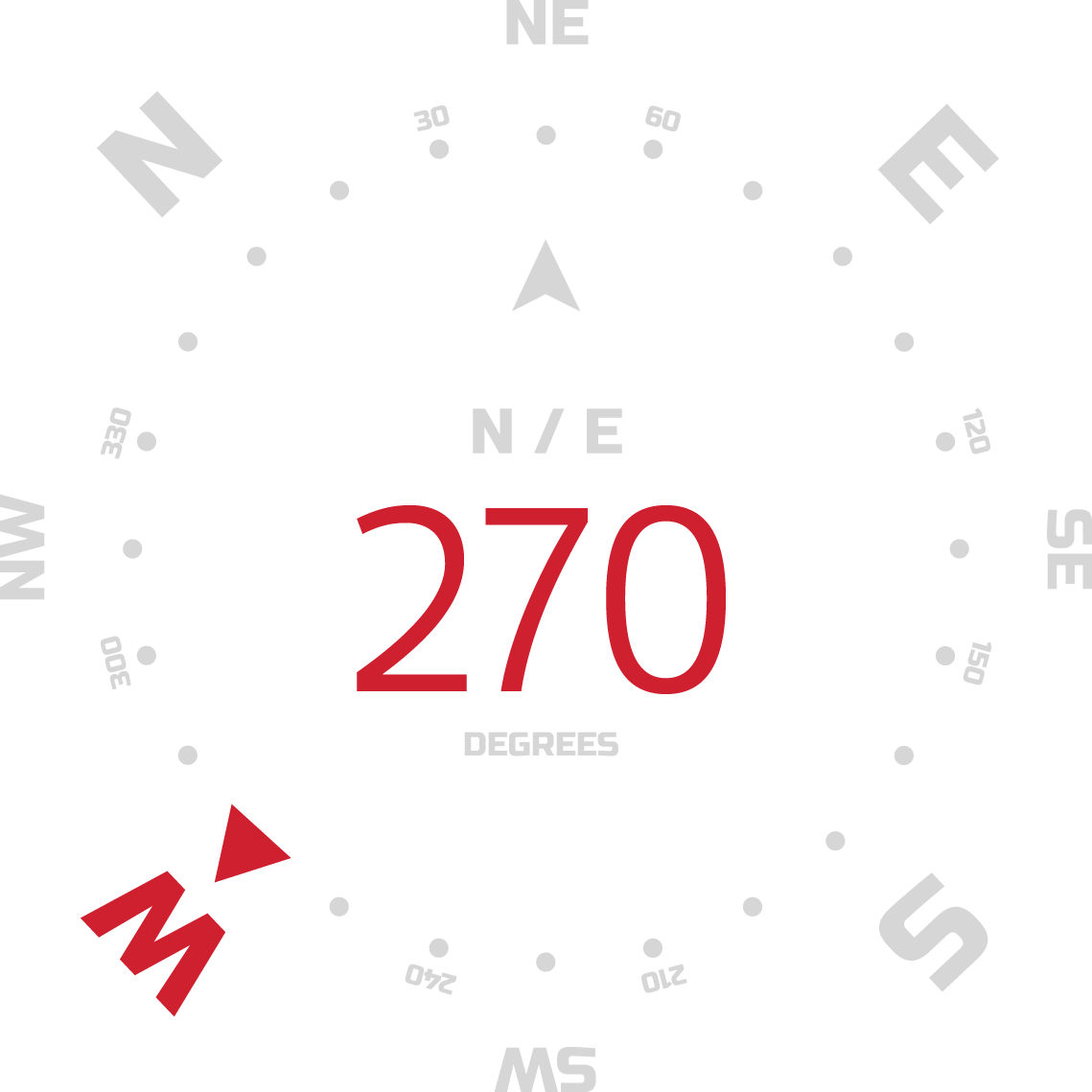
Peptide Standards
